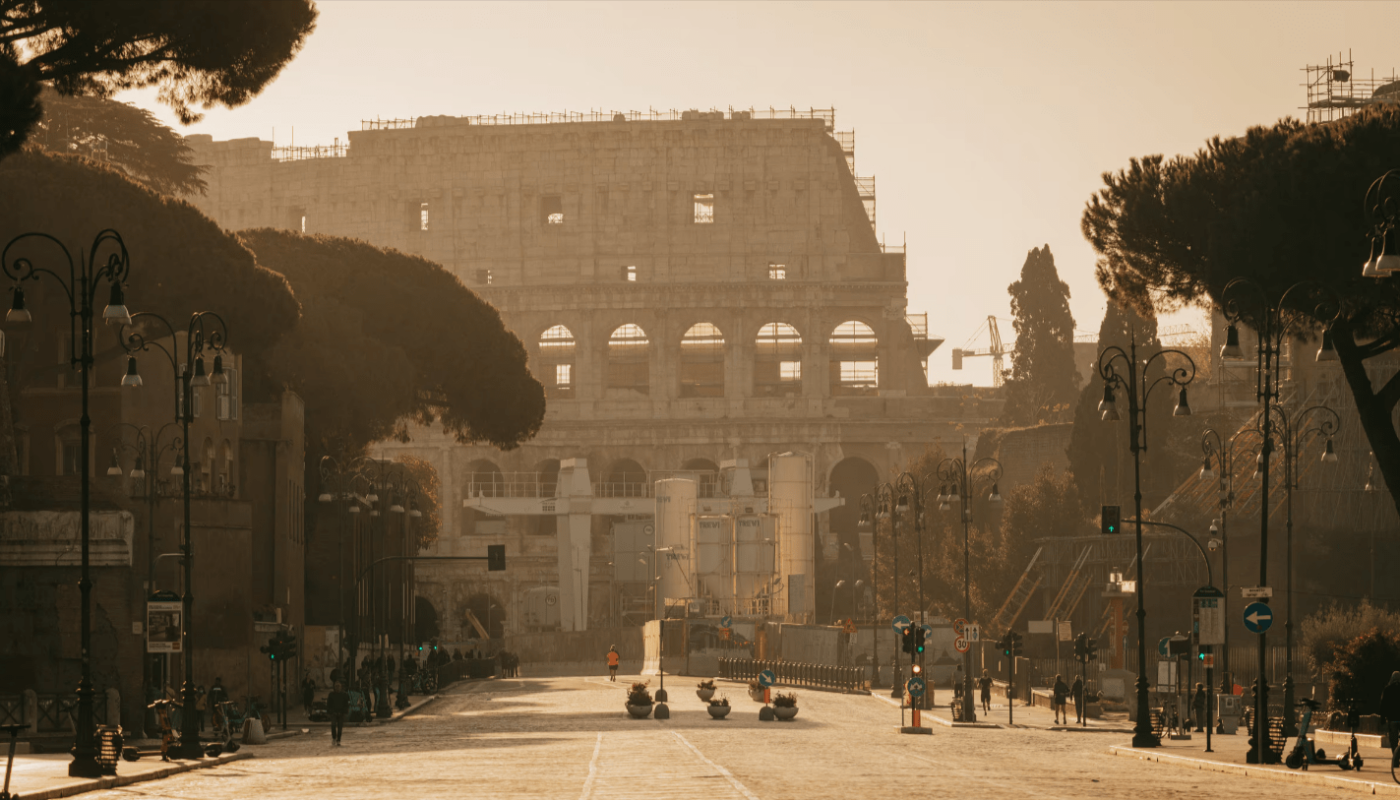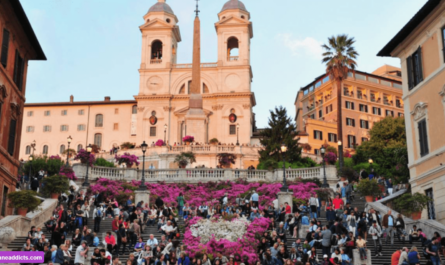As one of Europe’s most renowned landmarks, the Colosseum in Rome is a must-see for anyone visiting Rome for the first time. With thousands of tourists flocking to this ancient wonder daily, careful planning is essential to make the most of your experience. To help you navigate your visit, we’ve compiled a list of top tips for exploring the Roman Colosseum.
This guide covers everything you need to know before your visit, including how much time to set aside, ticket prices, the different types of admission, Colosseum opening hours, how to get there, and the services available on-site.
We’ll also provide essential advice for a seamless experience, such as choosing the right ticket or tour, what to wear, and items you shouldn’t bring along.
My Best Tips for Visiting the Colosseum
No matter how long you’re staying in Rome, the Colosseum will likely be on your itinerary. However, visiting this iconic site can be daunting due to the crowds, long lines, and uncertainty about what to see and carry with you.
Here are my top tips for ensuring a smooth visit, including the best times to go, what to see, how to access different areas, and how to secure a fast-track entrance.
Best Time to Visit the Colosseum in Rome
Whether it’s summer or winter, travelers rarely pass up the opportunity to visit the Colosseum. As a general tip, I recommend visiting when the weather is dry. The temperature isn’t as crucial since the tour takes place mostly outdoors, but walking without an umbrella certainly makes for a more pleasant experience.
During the summer, the Colosseum is busy at all hours, with July and August being the peak months. If this is the only time you can visit, booking tickets or a tour online through a reputable company is advisable.
In the afternoon, lines are usually shorter, while mornings tend to be more crowded. Remember, you’ll need to allow time for queuing and exploring. Tickets are valid for 48 hours, allowing you to visit the second attraction the following day.
To reduce waiting time, consider starting your visit at the Roman Forum, which is often less crowded. The ticket covers the Colosseum, Roman Forum, and Palatine Hill, allowing you to bypass the ticket queue at the Colosseum. Although the Forum line is typically shorter, this isn’t guaranteed, especially during peak seasons like summer and December.
Insider Tip: If visiting during the summer, aim to arrive early in the morning to avoid the heat. During quieter months like February and March, the early afternoon is ideal, as mornings can be quite cold. If you prefer visiting the Colosseum first, plan to arrive at least 30 minutes before opening.
How Much Does It Cost to Visit the Colosseum?
A standard ticket for the Roman Colosseum costs €16 (€18 if purchased online) and also grants access to the Roman Forum and Palatine Hill. This ticket is valid for 24 hours and allows for one entry to each site. EU citizens between 18 and 25 years old can get a ticket for €2.
For a more immersive experience, including access to the Colosseum’s arena and dungeons, the Full Experience ticket costs €22 (€24 online), with a guided tour included.
The 48-hour Roma Pass offers free entry to one attraction, while the 72-hour pass includes two free entries and discounts on several others. The Colosseum is one of the attractions included.
Entrance to the Colosseum is free on the first Sunday of each month.
How to Purchase Colosseum Tickets
Tickets can be bought online or in person at the ticket booth, though the latter option is risky. If you arrive early, there’s a chance tickets may not be available until later in the day or the following day.
As of October 18th, 2023, all entrance tickets are now nominative, meaning you’ll need to present ID when purchasing tickets online, through the call center, or at physical ticket offices. To avoid delays, keep your ID accessible when entering the Colosseum.
Additionally, a new ticket office at Via Salara Vecchia opened on October 18th, 2023, where individual visitors can purchase tickets while supplies last.
Between October 18th and December 15th, 2023, Colosseum tickets will include a €1 surcharge to support areas in Italy affected by recent floods.
Apart from purchasing tickets at the entrance, you can also buy them in the following ways:
- Online: Through the official Colosseum website or online vendors like Get Your Guide. Even with a Roma Pass or Omnia Card, you’ll still need to reserve your entrance. Additional information for Roma Pass holders is available below the opening hours.
- Phone: Call +39 06 39967700 to purchase tickets.
Booking online is the best way to reduce queuing time. You can opt for general admission, a fast-track entrance with a video guide, or a private tour for VIP access and a guided explanation of the site, including areas that might be difficult to understand on your own.
Remember, access to the arena and Colosseum underground is only possible with a certified guide.
Colosseum Opening Hours
The Colosseum opens daily at 8:30 am, while the Roman Forum and Palatine Hill open at 9 am. Closing times vary by season, with the Colosseum closing an hour before sunset.
Colosseum Opening Times by Season:
- January 2nd to February 15th: 8:30 am–4:30 pm
- February 16th to March 15th: 8:30 am–5:00 pm
- March 16th to March 26th: 8:30 am–5:30 pm
- March 31st to September 30th: 8:30 am–7:15 pm
- October 1st to October 26th: 8:30 am–6:30 pm
- October 27th to December 31st: 8:30 am–4:30 pm
The ticket office closes one hour before the Colosseum.
What to See Inside the Colosseum
The Colosseum’s archaeological site is extensive and includes several distinct areas. The general area is accessible with an ordinary ticket, while access to the arena and underground requires a separate ticket or certified guide.
Upon entering, you’ll find yourself in the audience area, where spectators once watched gladiators and wild animals fight, often for days at a time. Some events even included naval battles.
If you book a guided tour, you’ll gain easy access to the arena and underground areas. The arena was where gladiators fought, and the underground housed the complex mechanisms that brought them and the animals to the arena floor.
Gladiatorial games were banned by Constantine the Great in 326, but they continued until 404 when Emperor Honorius ended them after a monk was stoned to death during a show.


